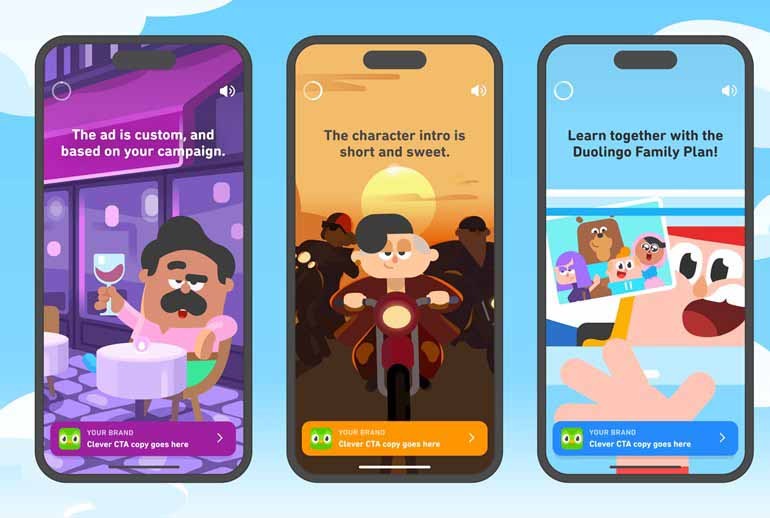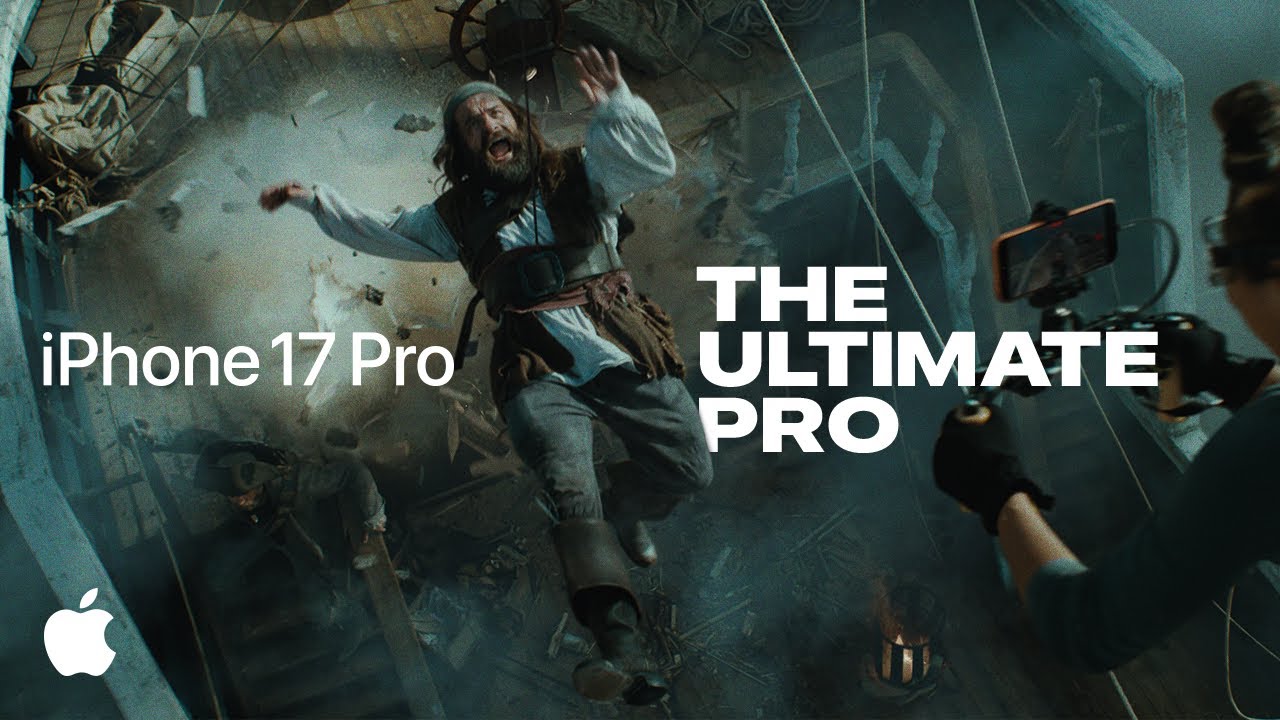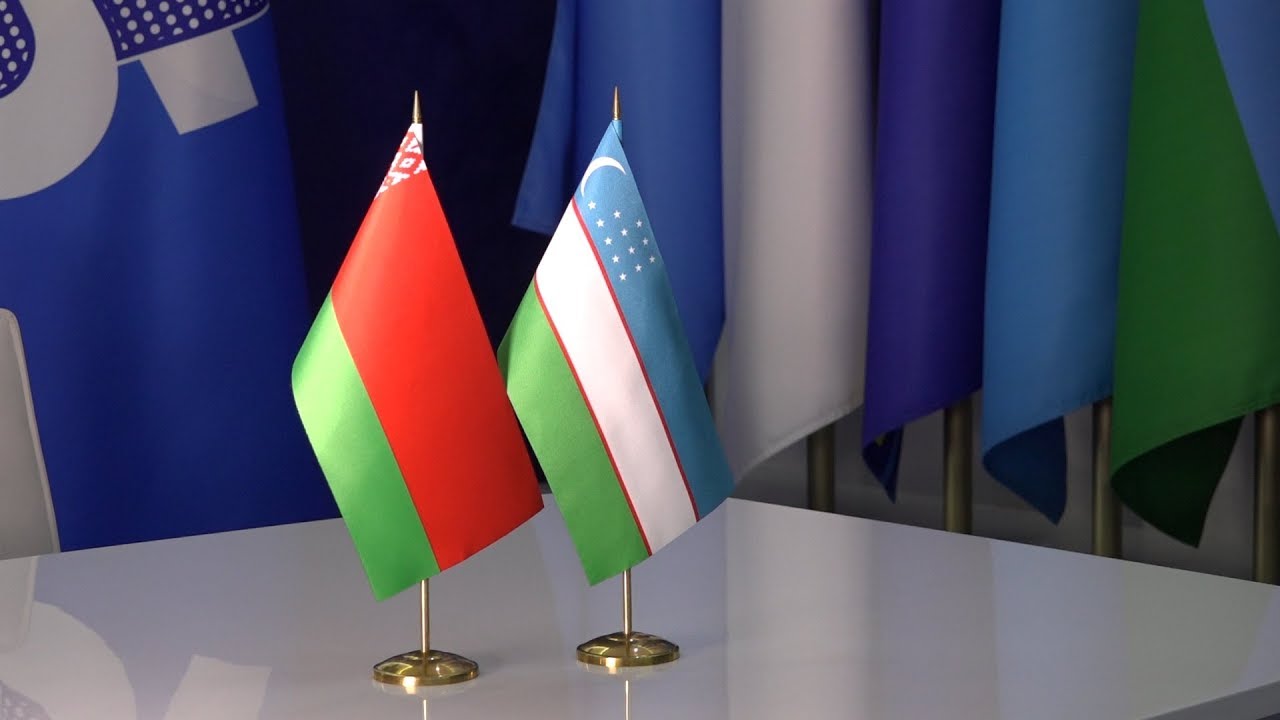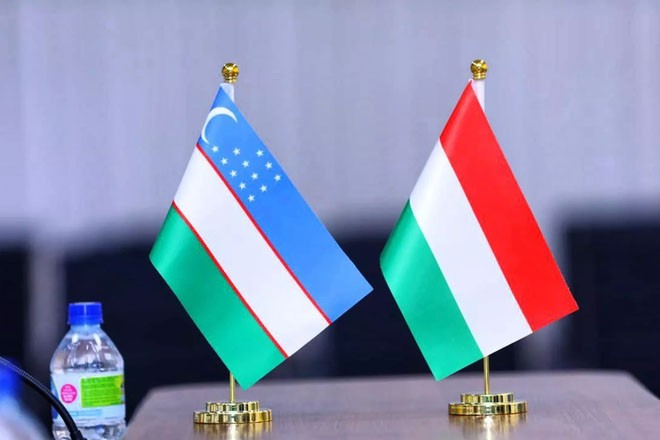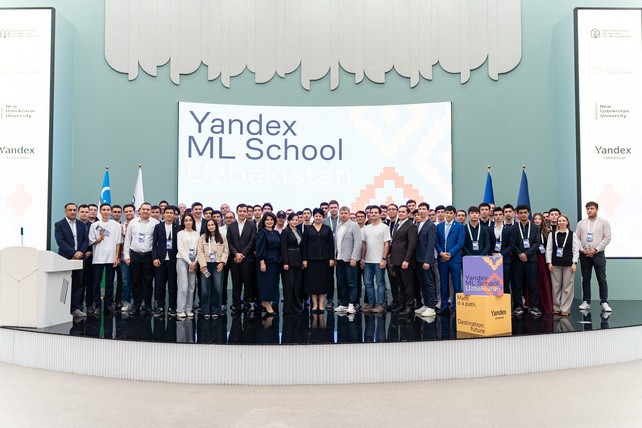Myths about the instantaneous effect of PR communications are misconceptions that often arise as a result of misunderstandings about the nature and goals of PR activities. In this article, we will present 10 popular myths about how" fast " PR promotion works.
Myth 1: PR promotion is a quick solution to all problems
Many people believe that PR promotion can instantly solve any problems of a company or brand. However, in reality, PR is a long-term work aimed at creating and maintaining a positive image. It takes time to achieve results, as trust and reputation are built gradually.
Myth 2: One press release or article will solve everything
Some people think that it is enough to issue one press release or publish one article to get an instant effect. In fact, PR promotion requires constant interaction with the media and the audience. This is a process that involves the regular creation and distribution of content, as well as active participation in a dialogue with the public.
Myth 3: PR promotion can replace other marketing tools
PR is not a panacea and cannot completely replace other marketing tools, such as advertising or digital marketing. PR works in conjunction with other strategies, increasing their impact and providing a deeper and more sustainable impact on the audience.

Myth 4: PR is only for big companies
Many small companies and startups believe that PR is a tool only for large players. However, PR can also be useful for small businesses, helping to attract attention to products and services, increase brand awareness, and build trust among potential customers.
Myth 5: PR promotion is just creating noise
Some believe that PR boils down to creating a buzz around a brand or company. In fact, PR is a strategic activity aimed at creating and maintaining a positive image, and not just at attracting attention. Effective PR requires a deep understanding of the target audience and careful planning.
Myth 6: PR is easy and simple
Some people think that PR is a simple task that can be performed without special knowledge and skills. However, successful PR requires professional knowledge, experience, and the ability to work with the media, analyze the audience, and develop effective strategies.

Myth 7: PR is only for crisis situations
Many companies turn to PR only in the event of a crisis, believing that it is a tool to eliminate negative consequences. However, PR should be a part of the company's day-to-day operations, helping not only to manage crises, but also to prevent them, as well as to strengthen its reputation and trust.
Myth 8: PR is a cheap way to promote your business
Some people believe that PR is a cheap way of promotion, which does not require significant costs. In fact, effective PR requires time, resources, and investment, whether it's working with an agency or in-house specialists.
Myth 9: PR is a manipulation of public opinion
Some people believe that PR is a manipulation of public opinion aimed at misleading. However, ethical PR is based on honesty and transparency, striving to convey truthful information to the audience and form a positive attitude through sincere and reliable messages.

Myth 10: PR is only for big budgets
Many people believe that PR is only available for companies with large budgets. However, even with a limited budget, you can use PR effectively by focusing on creative and targeted strategies that can deliver results without significant costs.
Conclusion
PR is not an instant decision, but a long-term and strategic activity that requires time, effort, and resources. Effective PR helps build and maintain a positive image, build trust, and prevent crises, but achieving results requires a systematic approach and professionalism.






